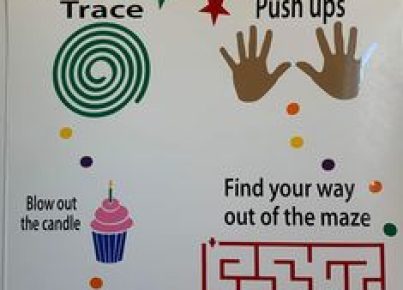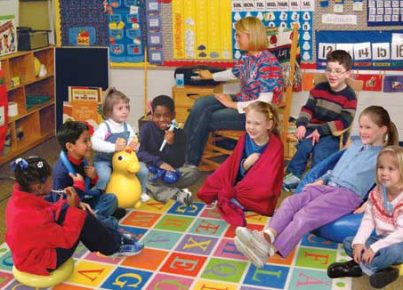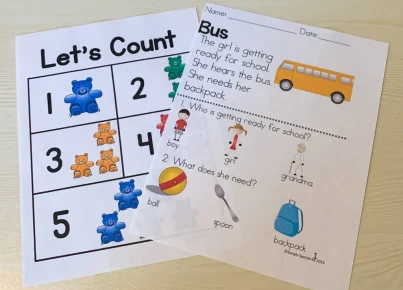Are you looking for strategies to help your special education student improve their memory skills? If so, keep reading.
Teach the learner to identify main points, essential facts, etc.
Teach the learner to rely on resources in their surroundings to recall information (e.g., notes, textbooks, images, etc.).
When the learner is required to recall information, give auditory signals to help the learner remember the information (e.g., keywords, a brief oral description to clue the learner, etc.).
Assess the meaningfulness of the content to the learner. Knowledge acquisition is more likely to happen when the learning content is meaningful, and the learner can relate to real experiences.
Correlate the information being presented to the learner’s prior learning experience s.
Provide the learner specific categories and have the learner name as many things as possible within that category (e.g., objects, persons, places, etc.).
Provide the learner a sequence of words or images and have the learner name the class to which they belong (e.g., objects, persons, places, etc.).
Assist the learner in employing memory aids to recall words (e.g., a name might be linked to another word; for example, “Mr. Green is a very colorful person.”).
Provide the learner a sequence of words describing objects, persons, places, etc., and have the learner find the opposite of each word.
Urge the learner to play word games such as HANGMAN®, SCRABBLE®, Password™, etc.
Get the learner to finish “fill-in-the blank” sentences with appropriate words (e.g., objects, persons, places, etc.).
Inform the learner what to listen for when being given instructions, receiving information, etc.
Assess the appropriateness of the memory learning activities to ascertain (a) if the task is too complicated, and (b) if the duration of time scheduled to finish the task is sufficient.
Tag objects, persons, places, etc., in their surroundings, to help the learner recall their names.
Make sure the learner receives information from an assortment of sources (e.g., texts, discussions, films, slide presentations, etc.) to enable memory/recall.
Teach the learner listening skills (e.g., stop working, look at the person delivering questions and instructions, have appropriate note-taking learning materials, etc.).
Teach the learner instruction-following skills (e.g., stop doing other things, listen carefully, write down essential points, wait until all instructions are given, question any guidelines not grasped, etc.).
Explain objects, persons, places, etc., and have the learner name the things described.
Get the learner to record directions, explanations, instructions, lectures, etc. The learner may replay the information as needed.
Spotlight essential information the learner reads (e.g., instructions, reading tasks, math word problems, etc.).
Consider using an education app to help the student enhance their memory. Click here to view a list of apps that we recommend.




